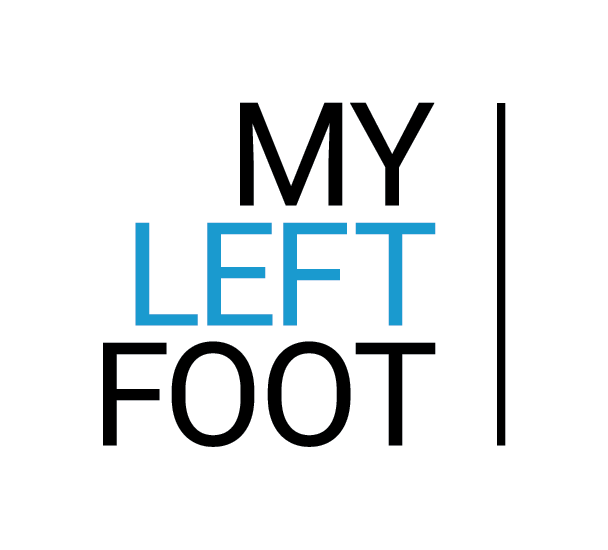The traditional approach to marketing in the Canadian real estate sector had, for years, been a derivative of the same formula. It used to be that you could drag and drop the same basic suite of tactics into the marketplace and voila – instant brand, instant campaign. And that worked for a while.
But then of course you had the soaring cost of housing in major Canadian markets, and everything changed. Higher stakes. More competition. Real estate became this century’s gold rush, and the frenzy has pushed us into the hyper-market we know today – one that’s rife with uncertainty, instability and, most importantly, opportunity.
Now that we can shed ourselves of the lazy habit of formulae, these are exciting times. New ideas and new strategies are evolving in step with a new environment that demands it.
Just look at the new cultural ‘meta’ of buying a home. Proud, humble, dignified home ownership has been a social staple since, forever. It’s been a marker of growth and a symbol of independence and financial maturity. But buying a home has become so expensive in major Canadian markets that many young adults or seniors looking to downsize are shying away in favour of renting – and the freedom that comes with it. That said, as far as current market conditions are concerned, 2022 and 2023 have seen a tightening in many markets across Canada and especially in major cities like Toronto and Vancouver leading to an increase in rents driven by higher demand, supply unable to adjust to that demand and rising interest rates which have affected tenants and those looking to develop homes.
All these factors and a global pandemic thrown into the mix have changed how people, live, work and play and contribute to a shifting real estate landscape. And as it stands to reason, the marketing approach needs to follow
Take the first step toward a fresh and effective real estate marketing strategy.
We don’t claim to have the solutions to fix the shortage of rental housing in Canada, but we do strongly believe that understanding the changes in real estate and the audience in search of a new home are crucial to running effective campaigns. Because of the high cost of buying in major cities, the marketing spotlight is now on rental properties and finding affordable housing within.
Traditional agencies start with those old formulaic campaign tactics like “glossy brochures or a generic ad on Facebook,” says My Left Foot President David Zbar. With changing audiences and industry practices, this is no longer the most effective approach.
My Left Foot recognizes that a departure from tradition is necessary to effectively market rental properties in the new real estate market. “We bring insight into reaching these new people in the space,” says Zbar, referring to My Left Foot’s strategic ethnographic research, audience persona mapping and “then we build a sales funnel and target them with relevant and timely communication through marketing automation.”
My Left Foot’s research approach starts at the ground level, with an interview process involving people who fit the property’s key demographics. Through these interviews, new data comes to light about their goals, values and lifestyles; the facts gleaned from these interviews help inform the approach of the campaign in all aspects. With these initial characterizations, the persona journey is mapped. From the time prospects realize they’re in need of a rental property, to when they’re first introduced to the brand, all the way through to signing the lease, how these personas will act in each stage becomes a predictable certainty. The technique ensures audiences are kept aware and engaged with the brand and its offerings. Delivery the relevant content to the right audience at the right time.
But rental properties aren’t immune to the changes of the industry. An increasingly popular trend in real estate is purpose-built rentals: properties that have all of the amenities of a condo, but come with a traditional rental agreement, rather than a mortgage and maintenance fees. In the case of purpose-built rentals, many developers are faced with the challenge of having to rent out units before construction is complete.
My Left Foot partner, Lindsay McLeod, recognizes this as another unique trial in real estate marketing:
“How do you pique interest, create demand and keep those leads warm through the construction and development of a unit? I might have to keep you interested for a year or two. Building loyalty – that’s where the challenge lies.”
Keeping potential customers engaged is another steep departure from traditional real estate marketing; traditional campaigns are grounded in a unit that the customer can see, touch, and imagine themselves in. Marketing for purpose-built rentals must ground itself in conceptual imagery and a strong brand. It must use new technologies like virtual and augmented reality so prospects can see themselves living in a property that hasn’t even been built yet. My Left Foot has marketed properties that boast great amenities, retail, convenient all-inclusiveness, and unparalleled locations in Toronto, Montreal, Vancouver, Calgary and in the south west states of the US.
In each case after hitting the streets and interviewing numerous potential renters, My Left Foot narrows down the audience personas to target. These personas might include:
- A millennial hoping to live as comfortably as possible within their means,
- A retired couple who is hoping to sell their home and enjoy the freedom of renting downtown, and
- A pre-family couple who can’t afford to buy downtown and aren’t ready to move out of the city.
My Left Foot then maps the rental journeys of these personas and analyzes their criss-crossing paths to learn what common goals these demographics share. Based on that insight a brand strategy is developed and crisp messaging is developed to connect with the audience supported with strong graphics, and bold colour contrasts.
My Left Foot sees the big changes in the real estate industry as a unique marketing opportunity where ethnographic data is used to inform a creative approach in the category.
My Left Foot president David Zbar sums up the agency’s innovative application of ethnographic research to real estate marketing:
“We’re using the real-life goals and attitudes of the people we interview to help build our audience personas, to inform our design, to guide our keyword research. We’re building a customer journey to inform a media strategy.”
Because of the fluctuating nature of real estate in Canada today and most recently the lack of rental supply across the country, My Left Foot employs concrete data to get ahead of the market and predict what techniques will be successful. The target is a new real estate audience with a multi-channel, creative approach that is constantly informed by data. It’s the anti-formula that keeps clients ahead in an ever-shifting sector.
“The data that we gather instantly from our marketing automation platform Constant Contact Lead Gen & CRM, allows us to validate our personas, and adjust for the hyper-local markets that we are targeting. It would takes weeks of guerilla persona interviews, to gather what we amass in a few days using our platform”, claims Lindsay McLeod.
Take the first step toward a fresh and effective real estate marketing strategy.








